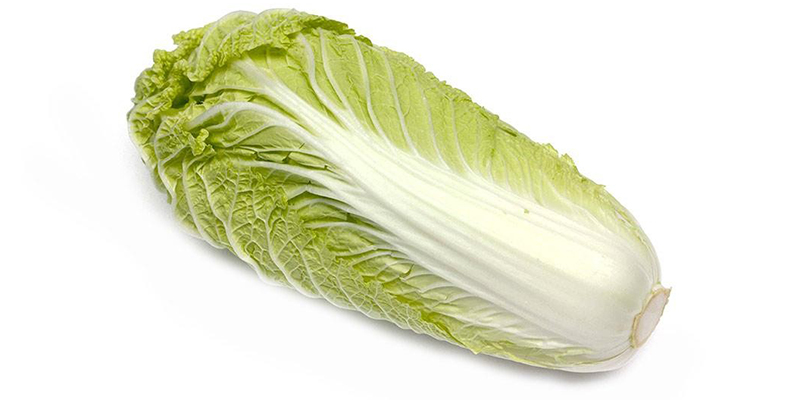1 The Amazing Benefits of Chinese Cabbage

Fever reduction: Cooking Chinese cabbage soup can help treat certain fevers like malaria and is especially effective for pregnant women. Feel free to add mung beans, soybeans, tomatoes, or celery to the soup.
Diuretic properties: Pregnant women suffering from cystitis, urinary tract infections, or abnormal urination with pain can consume Chinese cabbage or celery soup. Drinking the soup for a few consecutive days will help alleviate these issues.
Cancer prevention: Research has shown that cruciferous vegetables like broccoli, cauliflower, and cabbage can help prevent ovarian, kidney, and pancreatic cancers. This is due to the presence of Glucosinolate, Sinapic Acid, Flavonoid, Phenolic antioxidants, and Carotenoids.
Additionally, Chinese cabbage has a sweet taste, a cooling nature, and helps lower inflammation and clear heat, softening the throat, reducing irritation, and relieving coughs. It also nourishes the digestive system and is rich in Vitamins A, B, C, and E.
2 How to Choose Crisp and Delicious Chinese Cabbage

Chinese cabbage is at its peak in terms of availability and flavor from September to April of the following year. During this period, the leaves are fresh and white, thin, with thick stems, and free from roughness or excessive wormholes.
When selecting Chinese cabbage, opt for heads with light green tips that gradually turn white from the stem to the base. Avoid darker green outer leaves, as they tend to be older, less sweet, and less crisp, and their nutritional value is lower than that of firmer leaves. Refrain from choosing heads with bruised or discolored leaves.
It is advisable to purchase Chinese cabbage from reputable sources or large supermarkets rather than street vendors or pushcarts, as the latter may not guarantee safety or provide information about the origin of the produce.
We hope that after reading this article, homemakers can confidently distinguish and select a bunch of crisp and nutritious Chinese cabbage to maintain the health of themselves and their families. Thank you for your interest and for following our articles.


































